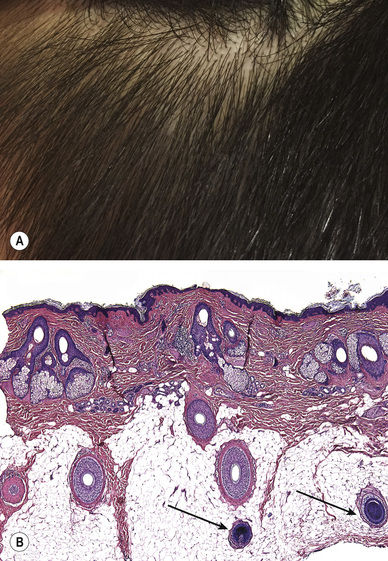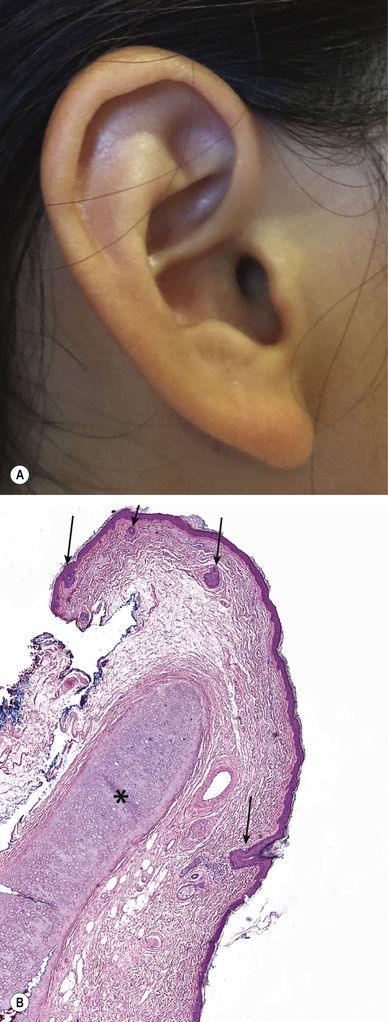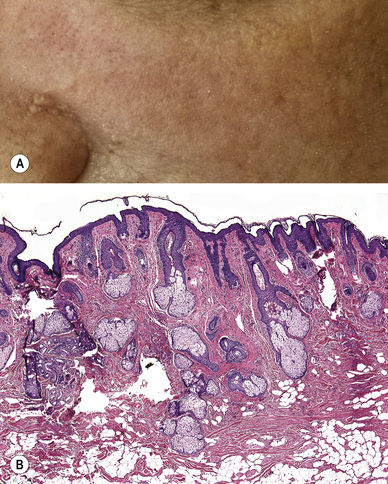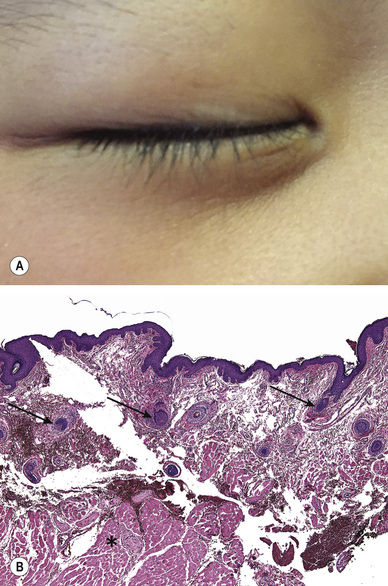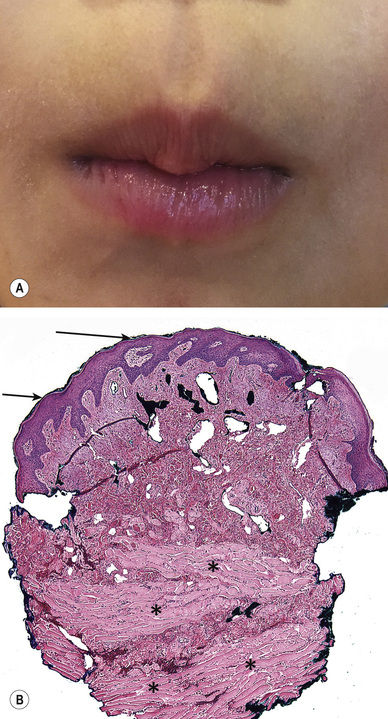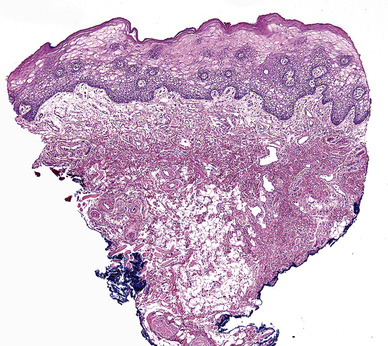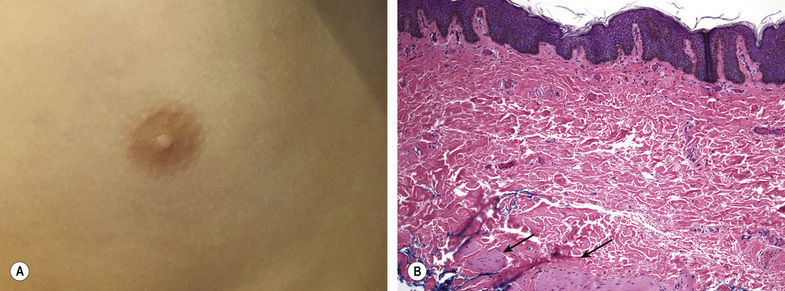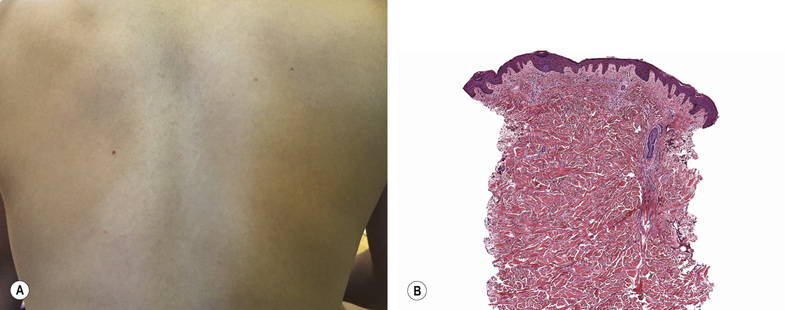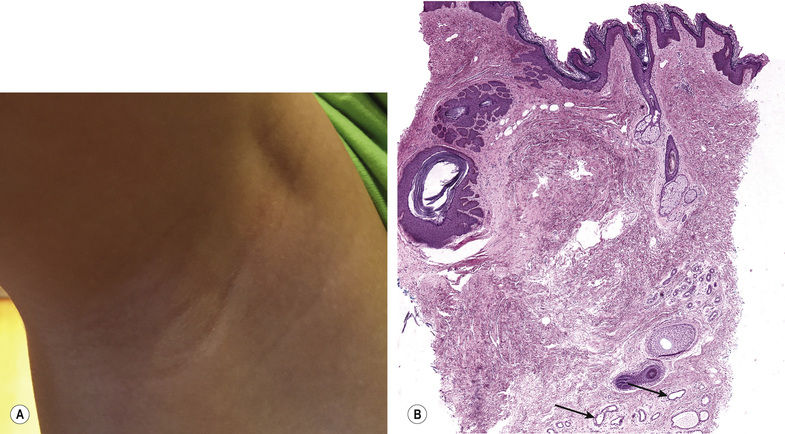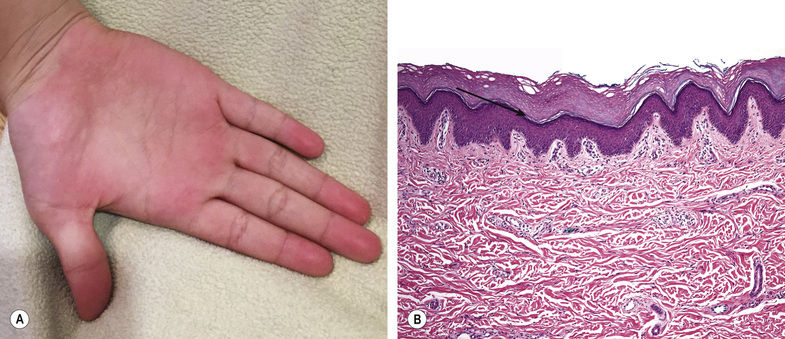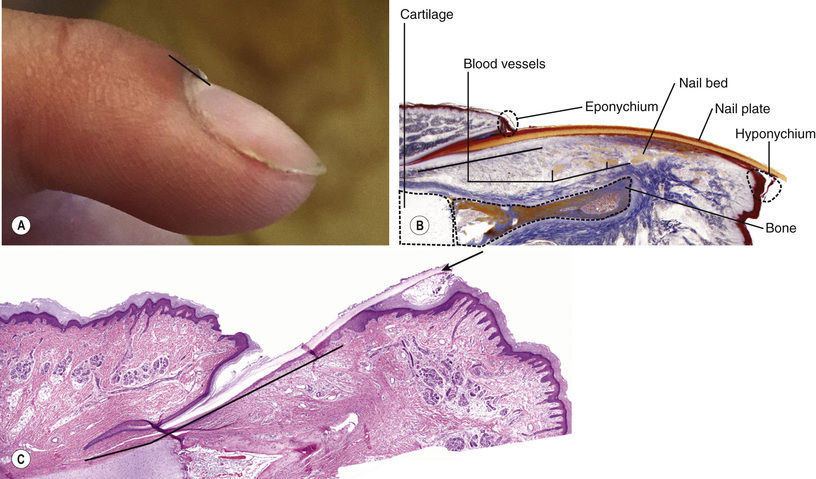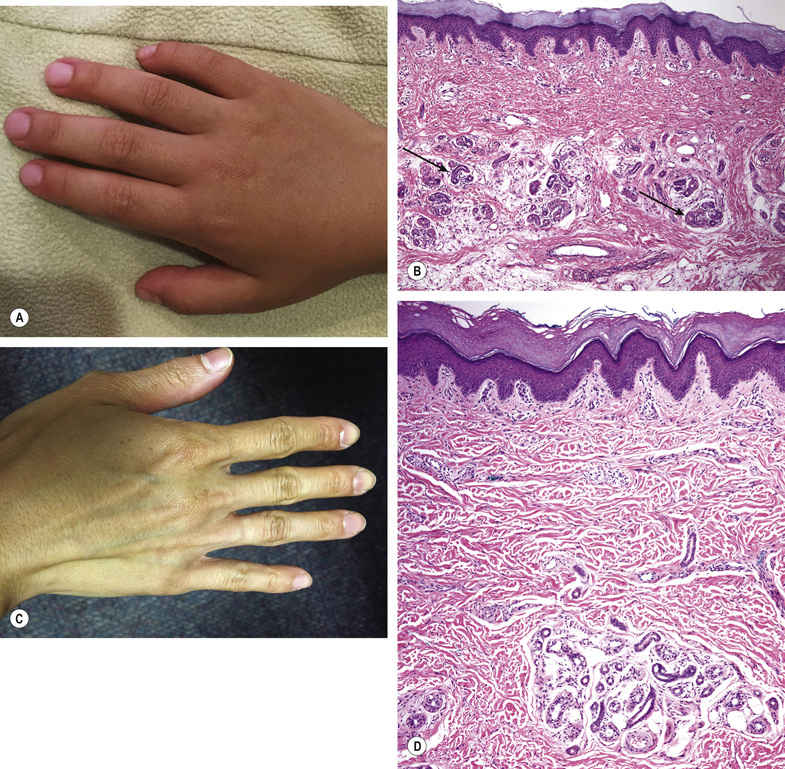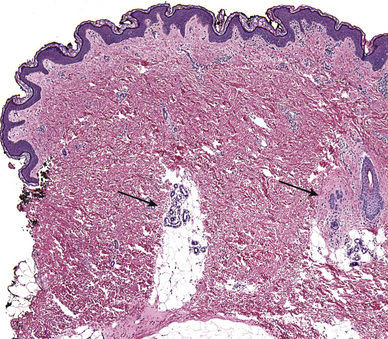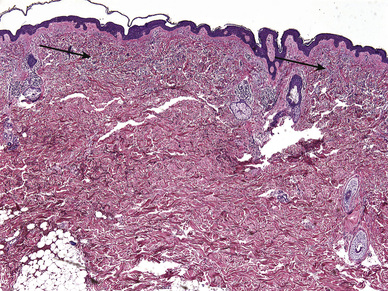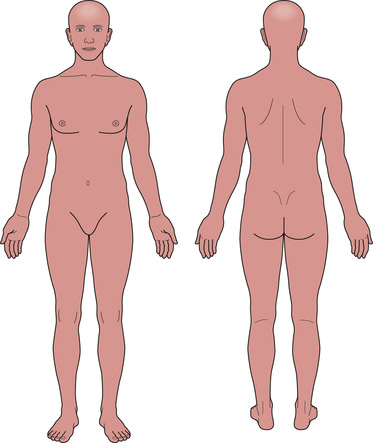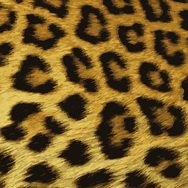
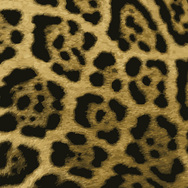
Distribution
Extensive – more than one body part affected with multiple lesions; may preferentially affect extensor surfaces (e.g. elbows/knees) vs flexor surfaces (e.g. antecubital/popliteal fossae) or ventral vs dorsal surfaces (Fig. 1.15)
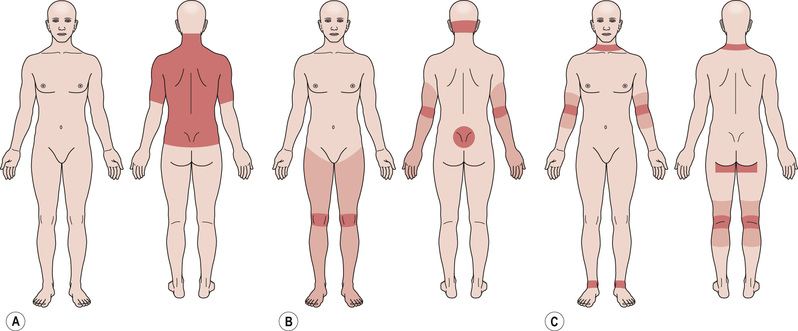
Photodistribution – can vary depending on the type of clothing worn; sun-protected sites of the face/neck generally include the central upper cutaneous lip and submental area (Fig. 1.16A; see Fig. 3.7)
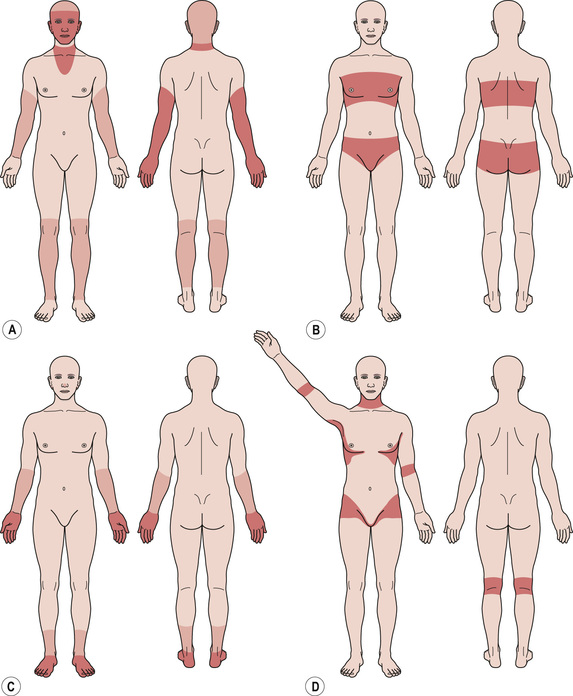
Double-covered areas – generally includes sites covered by undergarments (Fig. 1.16B)
Acral – hands/feet but also the tips of the ears/nose (Fig. 1.16C)
Body folds – inframammary/intertriginous (Fig. 1.16D)
Generalized – involving the majority of the cutaneous surface (Fig. 1.17)
Dermatomal – patterns of cutaneous innervation by spinal nerve roots (Fig. 1.18A)
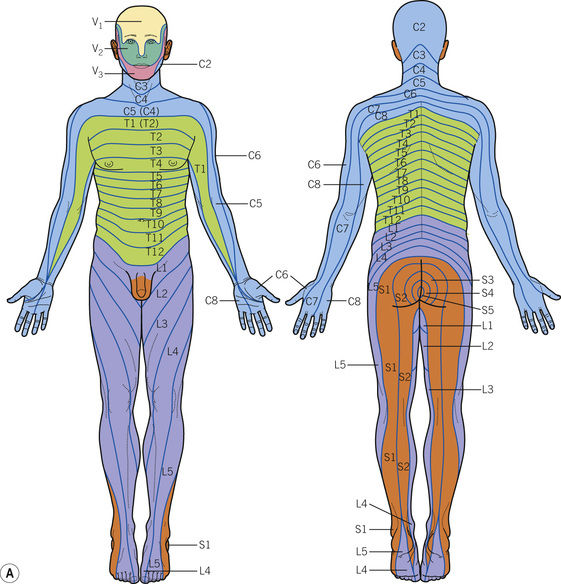
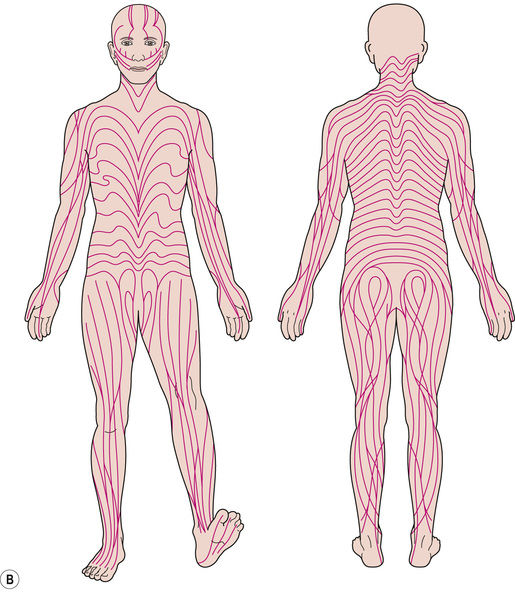
Blaschkoid – follows patterns of embryonic cell migration; while the linear pattern on the extremities is similar to the dermatomal pattern, the V-shaped curves over the trunk and the S-shapes on the abdomen are characteristic (Fig. 1.18B)
Patterns
Thin stripes – often corresponds to Blaschko’s lines (see Fig. 1.18B, Fig. 1.19)
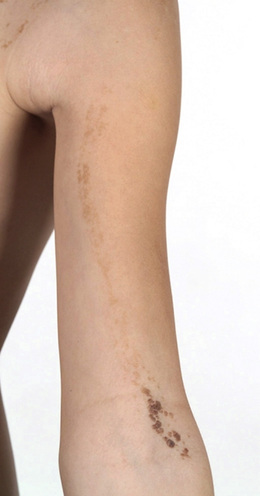

Stay updated, free articles. Join our Telegram channel

Full access? Get Clinical Tree



